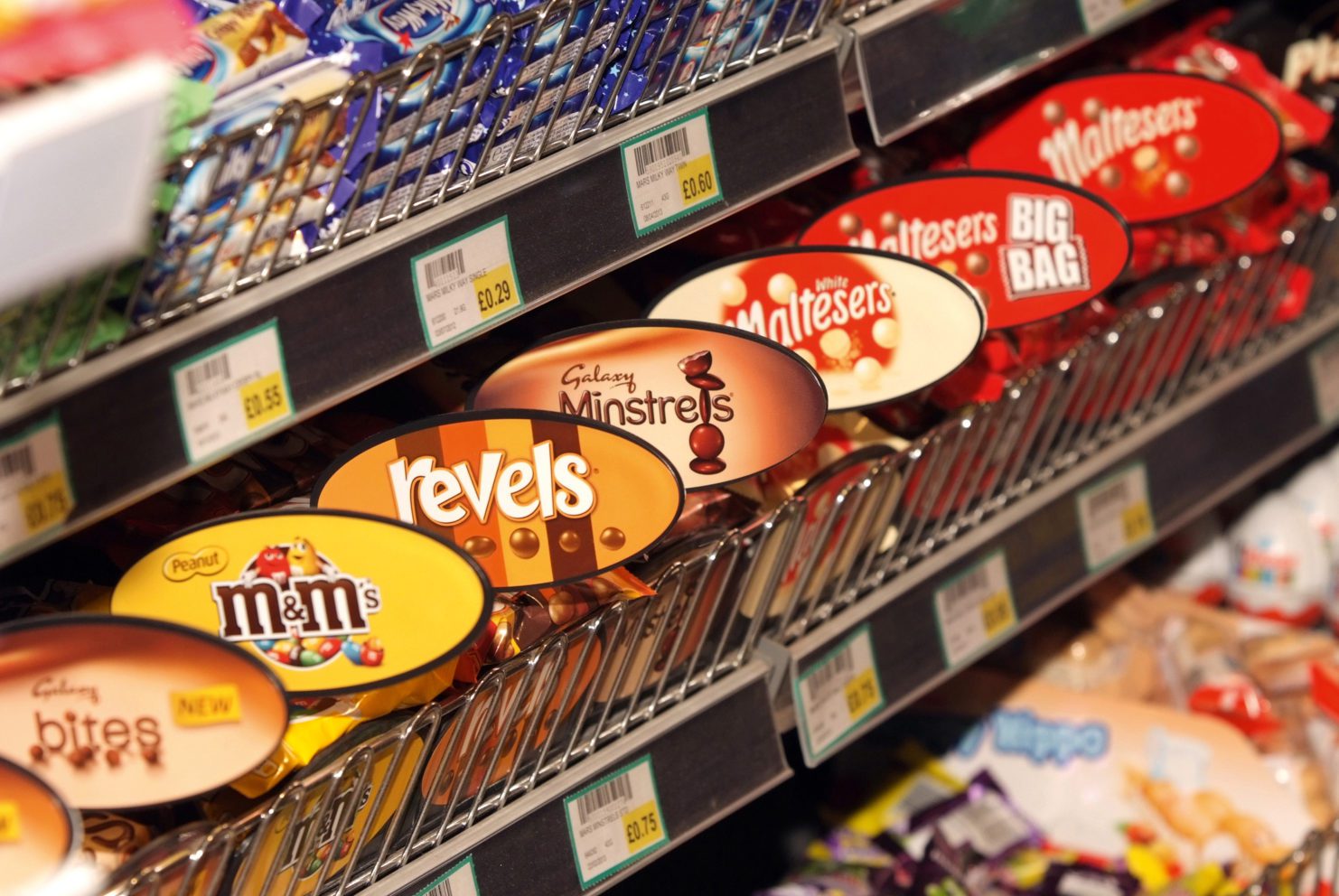WHAT should we consider as impulse must-stocks? And how can convenience retailers realise the full potential of the various brands and products that lay claim to the name?
Well there’s no settled definition and we’ve already discussed the different types of impulse purchases that can be encouraged these days.

But definite impulse champions continue to be those types of product that are largely bought on impulse by shoppers when they are alerted to their availability. Those lines provide good opportunities for retailers to make sales they wouldn’t otherwise achieve, and relatively simply – by positioning and highlighting the items well.
Confectionery is one classic example. Confectionery manufacturers frequently highlight the fact that decisions to purchase many types or sizes of confectionery, especially single-serve items, are taken in stores. So good positioning and good availability should pay significant dividends.
But it’s certainly not only about single-serves. We live and work in the time of the big night in and block chocolate and sharing-sized bags can also be bought on impulse, especially if they are on offer, or are in PMPs with an attractive price.
A very large proportion of mints and gum sales are thought to be the result of impulse purchases.
Crisps and snacks sales also include many that result from impulse purchases and once again while the single-serve sizes might be especially impulse-linked the existence of impromptu big nights in means purchases of other sizes can be more down to impulse than before.
Crisps and snacks, even if not officially part of a meal deal can play an important impulse purchase encouraging role in food-to-go sections.
Single-serve soft drinks are also classic impulse purchases and many retailers work hard to highlight the main brands and to ensure availability.
There’s more information and advice from some of the impulse product giants on pages 50 and 52 but remember, with the classic impulse lines availability and visibility are vital.














